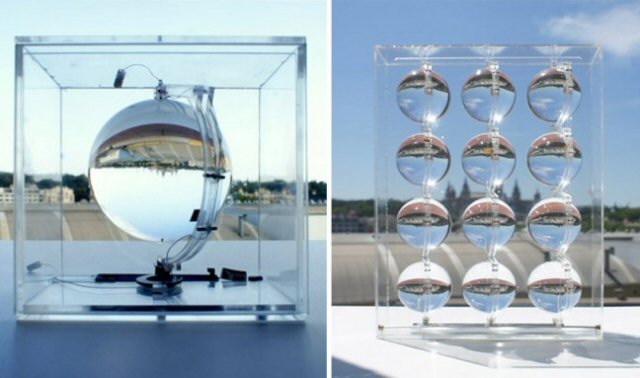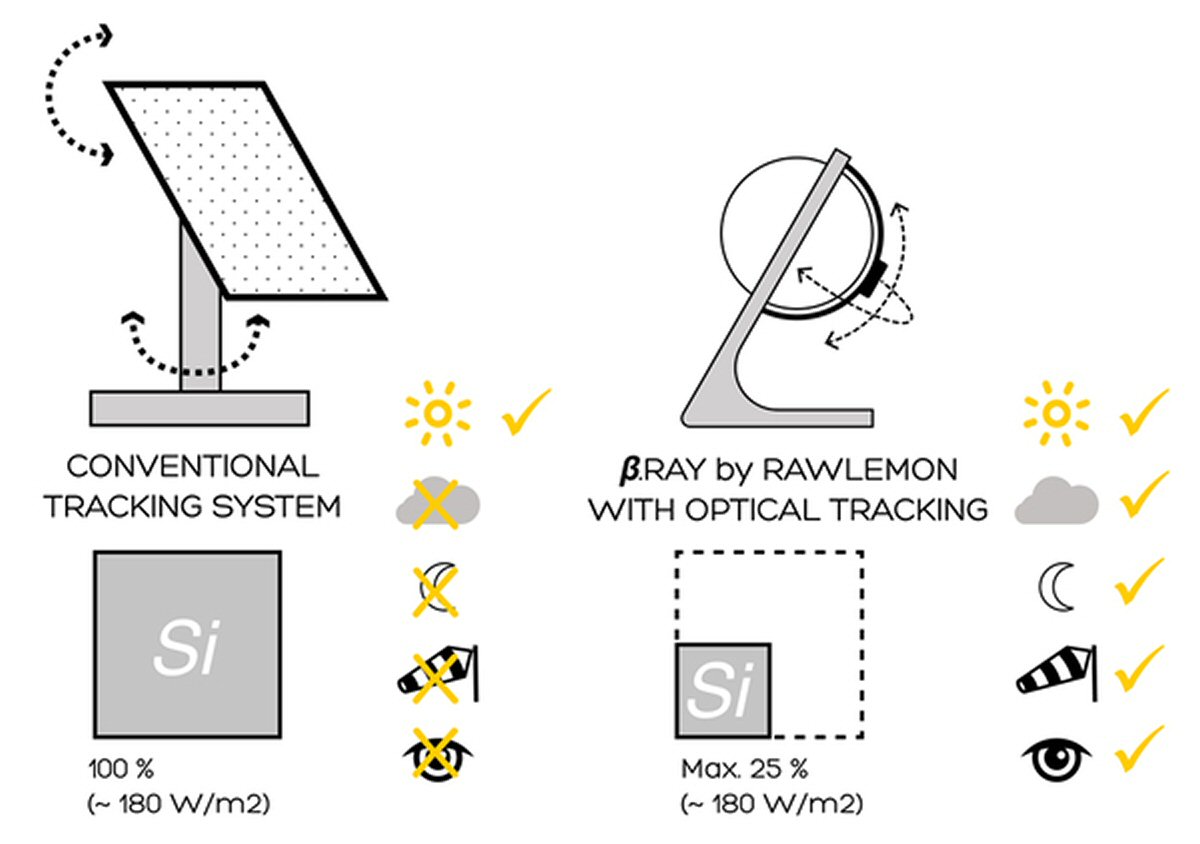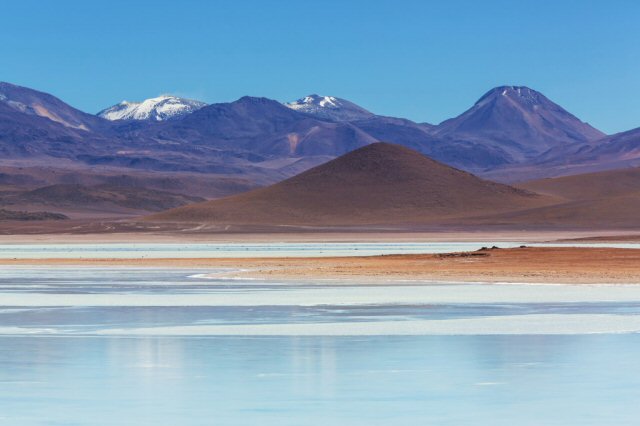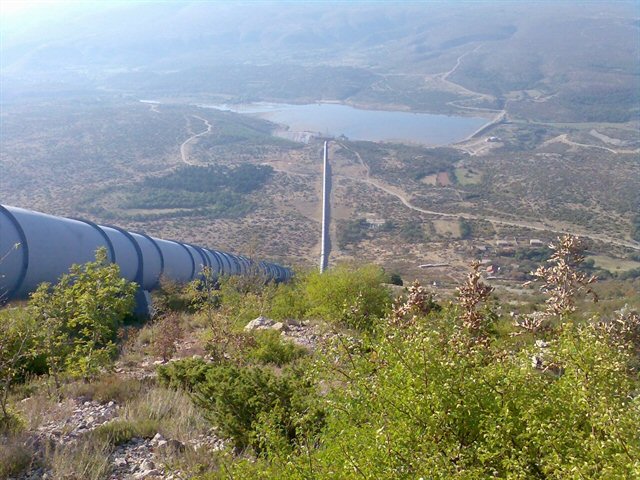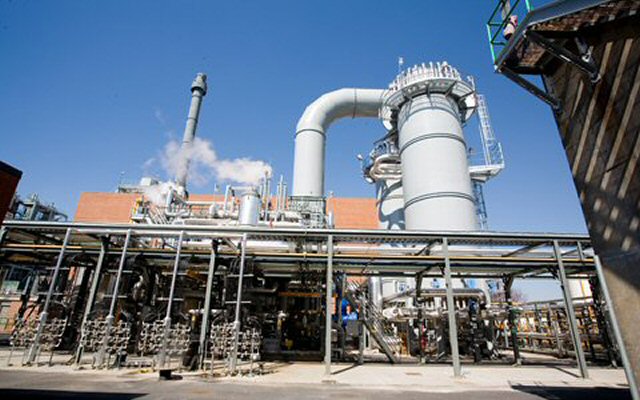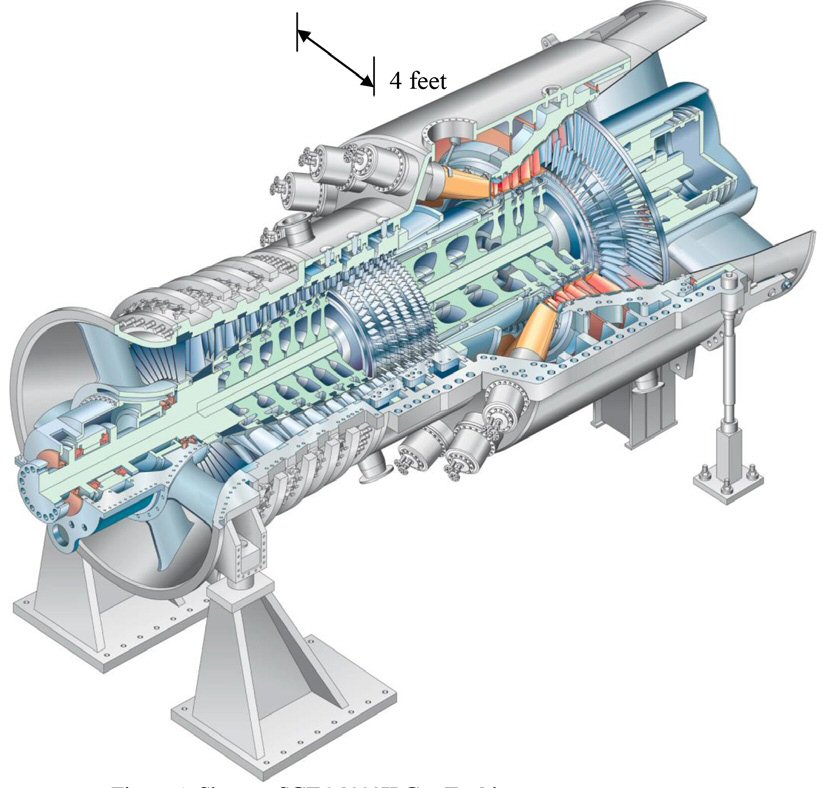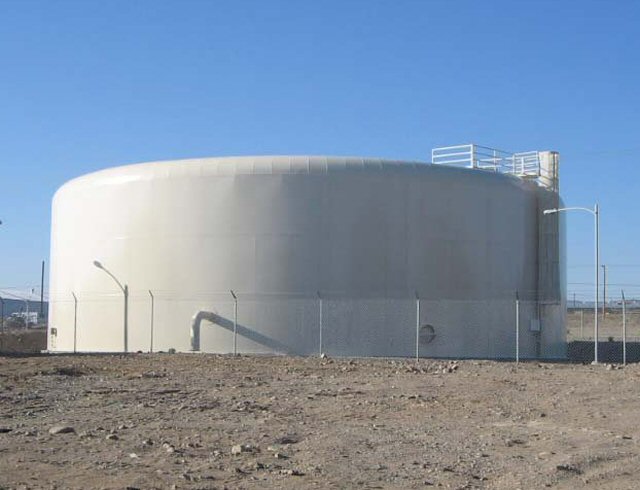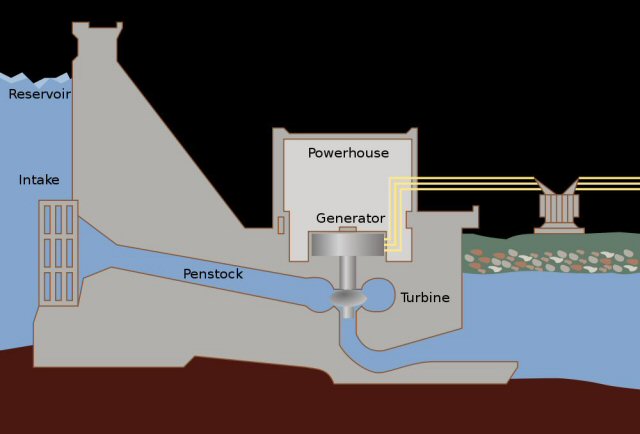South America
Undoubtedly, the Solar Glass Orb is a potential game changer, a key element to implement Plan A.
Unlike photovoltaic panels, which for high power usage require a large surface area, direct unobstructed contact with the sun, and expensive computerized equipment to constantly align them with it, the sphere uses a glass spherical lens which collects diffuse light from multiple angles.
The shape of the lens focuses the light into a fine beam –similar to a magnifying lens- that delivers around 70 percent more light than photovoltaic panels, even when they track the unobstructed sun. In addition, the system reduces the size of the solar panel to around 1 percent of the typical PV device, allowing for denser arrays. More importantly, its ability to use diffuse light means it can be installed at locations with weak or minimal direct sunshine.
The Andes
The Andes extend 7,000 kilometers (4,349 miles), from Venezuela to Chile.
Nowhere else on Earth is there another mountain range adjacent to the ocean and of this length and height.
The ocean’s close proximity to the Andes means orb-powered plants could be built on or close to the shore to produce hydrogen by electrolysis. Hydrogen, not water, would be pumped up to them. Some of the peaks exceed 20,000 feet.
There, hydrogen-burning power plants would be built.
The plants would use advanced hydrogen turbines that do not require fuel cells.
When hydrogen is burned, water vapor is produced. Instead of letting it dissipate, it would be condensed and stored.
Terraces would be carved below the hydrogen plants.
Each level would have hydroelectric turbines powered by the water produced by the hydrogen plants above them.
The combined electricity generated by all the hydro turbines driven by the same pressurized water (aquafacture) cascading down thousands of feet should greatly exceed the energy spent in the electrolysis process. A portion of the surplus electricity could be used to produce more hydrogen to fire up other arrays; surplus hydrogen would be exported to clients anywhere in the world. Theoretically, clients should be able to replicate the system at a site of their choosing, however they would still depend on a steady supply of imported hydrogen.
